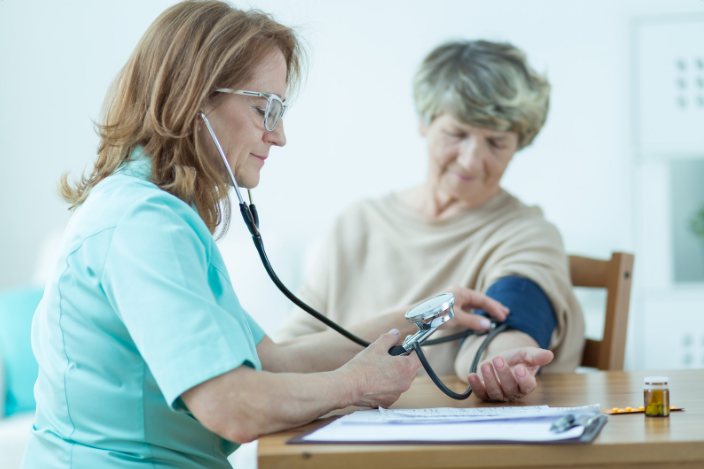Shock is a life-threatening medical emergency caused by the organs not getting enough blood and oxygen supply. Without first aid and initial care, the effect of shock can be irreversible, which may result in multiorgan failure and death.
In this blog, we discuss the definition, causes, symptoms, and first aid treatment to better understand shock.
What Is Shock?
Shock is a medical condition in which the blood pressure is too low and does not have enough oxygenated blood to sustain the body. It may lead to hypoxia (lack of oxygen in body tissues) or cardiac arrest, in which the heart stops functioning.
This makes shock a serious, life-threatening condition and one of the leading causes of death among the critically ill or injured person. In fact, in Australia, hospital emergency departments report thousands of shock cases every year.
The medical definition of shock is different from what people feel after a sudden traumatic event. That “shock” is psychological and usually does not result in any medical problems.
Some causes of shock include severe allergic reactions, poisoning, trauma injuries (including spinal injuries), heavy bleeding, dehydration, or heatstroke. Additionally, it may also be associated with heat problems, infections, or damage to the nervous system.
Signs And Symptoms
There are several types of shock – hypovolemic, cardiogenic (cardiac), obstructive, and distributive.
Signs and symptoms may vary depending on the type or cause and may include the following:
- Pale, cool, clammy skin.
- Restlessness, anxiety or agitation
- Drowsiness or fatigue
- Dizziness, light-headedness or faintness
- Profuse sweating, moist skin
- Irritability
- Extreme thirst
- Rapid, irregular pulse
- Rapid or weak breathing
- Enlarged pupils
- Nausea or vomiting
- Blue tinge to lips or fingernails
Although many different conditions can result in shock, its symptoms are often the same. Medical shock is always an emergency – without immediate and effective first aid care, it may cause permanent organ damage or even death.
First Aid Treatment
If a person is suspected of shock, call triple zero (000) or your local emergency number.
Then, immediately take these first aid steps.
- Lay the person down and elevate their legs and feet slightly (avoid this if you think elevating may only cause more pain or further injury)
- Keep the person in a still position. Do not move them unless they are in immediate danger.
- Begin CPR if the person shows no signs of life (breathing, circulation, or pulse)
- Loosen any tight clothing. If needed, cover the person with a blanket or thick cloth to prevent chills.
- Do not give the person anything by mouth (including food and drinks).
- If the person has visible wounds, give appropriate first aid and try to control any bleeding.
- If the person is suspected of having an allergic reaction, use an EpiPen (epinephrine autoinjector) to control the symptoms. Use the device according to the instructions.
- If the person starts vomiting or begins to bleed from their mouth, turn their head to the side to prevent choking (as long as they don’t have a spinal injury)
If a spinal injury is suspected, perform a log roll instead. Do this by keeping the person’s head, neck, and back in line and then roll them together as a unit.
Do not wait for symptoms to worsen before giving first aid or calling for further help.
Conclusion
Shock can affect the body’s systems in many different ways because the vital organs do not get enough blood supply. As a result, the oxygen these organs need to function at their best is drastically reduced. This is where first aid comes in.
Learning first aid and CPR can help you recognise when a person is in shock and how to provide care in this scenario. You will be able to respond to the situation efficiently and perform necessary first aid steps while waiting for advanced medical help to take over.
If you would like to know more about First Aid and CPR training, go to our course page or email us at courses@firstaidpro.com.au








